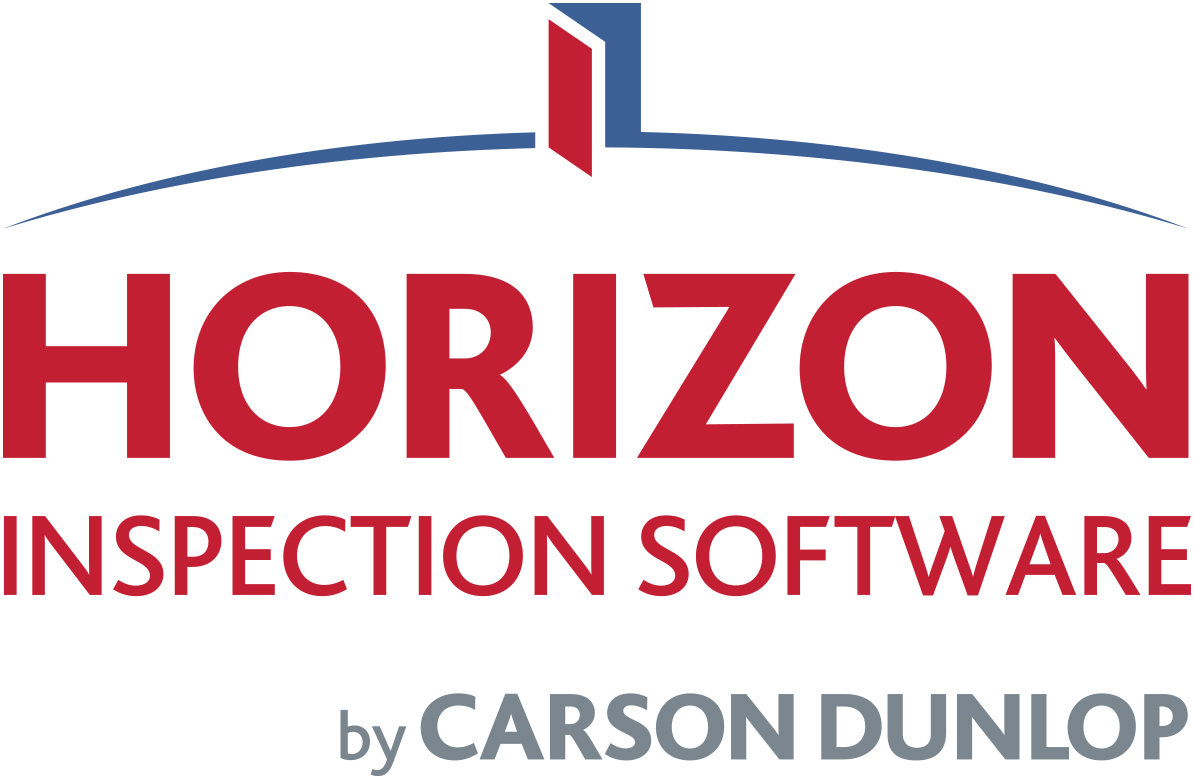What You Should Include in Your Home Inspection Report
A home inspection report is a critical document for both homebuyers and sellers. It serves as a record of the condition of a property at the time of the inspection, outlining any issues or concerns that need attention. For home inspectors, creating a detailed and well-structured report is not just a best practice but a crucial part of the job. In this article, we’ll explore what to include in a home inspection report:
Property Information:
Begin your report with basic property information, including the address, client’s name, inspection date, and your contact details. This section helps identify the property and establish a reference for the report.
Scope of Inspection:
Clearly define the scope of your inspection. Mention what systems and areas you assessed, including structural elements, roofing, electrical, plumbing, HVAC, appliances, and more. Setting clear expectations for what was and wasn’t inspected is essential.
Observations and Findings:
This is the heart of your report. For each system and area inspected, provide detailed observations and findings. Use a systematic approach, moving from one section to another, and be thorough in your descriptions. Use clear, concise language and include photographs to illustrate your points. Mention any defects, issues, or safety concerns you identify.
Recommendations:
Offer recommendations for addressing the issues you’ve identified. This may include suggesting repairs, maintenance tasks, or further evaluations by specialists. Clearly differentiate between immediate concerns and long-term maintenance advice.
Safety Concerns:
Highlight safety concerns prominently. These could include hazards like faulty wiring, gas leaks, or structural issues that pose an immediate danger. Urgently address these concerns in your report and recommend immediate action.
Maintenance Tips:
Include general maintenance tips and advice for the homeowner. This can help clients understand how to care for their property and prevent future issues. Topics may include cleaning gutters, changing filters, and checking smoke detectors.
Life Expectancy Estimates (optional):
Provide estimated life expectancies for major systems and components, such as the roof, HVAC, and appliances. This can help clients plan for future replacements or upgrades.
Summary and Conclusion:
Summarize your key findings and recommendations. In Horizon Home Inspection software, this information is presented near the beginning, since it is the most valuable information in the report. Emphasize the most important takeaways for the client, making it easy for them to understand the overall condition of the property.
Appendices:
Include any additional documents or information that support your findings, such as laboratory test reports, maintenance records, or manufacturer’s manuals.
Legal and Disclosure Information:
Include any legally required disclosures and disclaimers in your report, if applicable. Ensure that your report complies with local regulations and industry standards.
Conclusion:
A well-structured and detailed home inspection report is a valuable tool for clients and can help them make informed decisions about a property. By including all the necessary components outlined above, home inspectors can provide a thorough and professional report that serves the best interests of both buyers and sellers in the real estate transaction.
